WFA
In May I was lucky enough to attend the Wilderness First Aid (WFA), commonly known as “WooFa” training with Mike Loranty and the rest of the research team heading to Siberia. I didn’t get it at first, WFA - WooFa… Anyway, the training took place at the Woods Hole Research Center (WHRC) in Falmouth, MA. The facility is the perfect setting for environmental studies with a large wind turbine on the front lawn, photovoltaic cells, rainwater collection capabilities, and the use of various energy efficient materials in order to have the smallest impact on the environment. The building would be a great model for my students when they are studying impacts on our environment and the use of renewable energy.
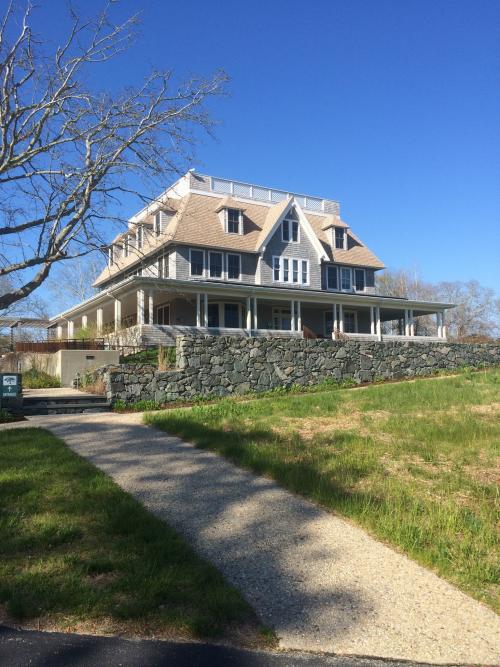 WHRC facility in Falmouth, MA
WHRC facility in Falmouth, MA
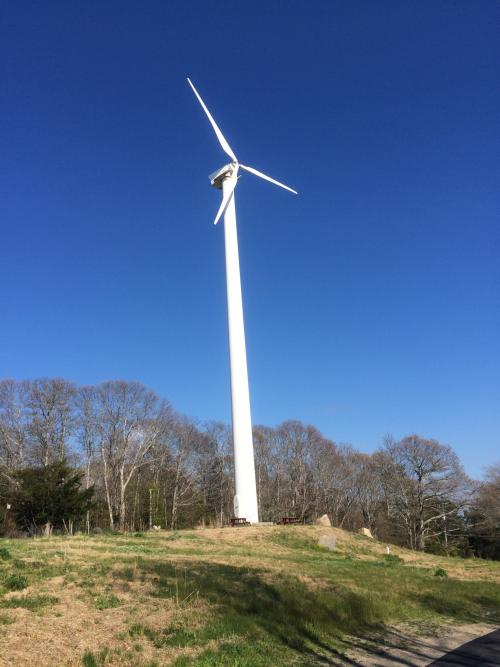 Using a wind turbine as a source of renewable energy at WHRC
Using a wind turbine as a source of renewable energy at WHRC
Be prepared for the unexpected.
The training took place over three days. The focus of the first day was Arctic Field Training and was led by Matt Irinaga, Field Risk Manager from Polar Field Services, Inc. in Alaska. We covered a wide range of topics including bear identification and safety precautions, dressing for the field, hypothermia, and staying found.
Sessions on Saturday and Sunday covered how to manage injuries in the wilderness. The most significant difference between basic first aid and wilderness first aid is the remoteness of our Arctic research locations. Simply put, it could take days to get someone to the medical care that is required, whereas pretty much anywhere in the continental U.S. an injured person could get to a major hospital within a few hours.
Each day included a fair amount hands-on practice as well as lecture. For example, we made splints out of basic camp or backpacking materials, played out multiple scenarios of possible accidents that could occur in the wild, and even cleaned out wounds of various depth by practicing on lacerated oranges that had been soiled with dirt and debris. Lecture topics included illnesses, toxins, bites, head and spinal injuries, water treatment, environmental injuries, wounds, burns, how not to be “bearanoid” and leadership.
The training was practical and useful and while most accidents can be prevented with proper planning, we learned to expect the unexpected, stay calm, and keep healthy and safe during rescue and assessment of any injury.
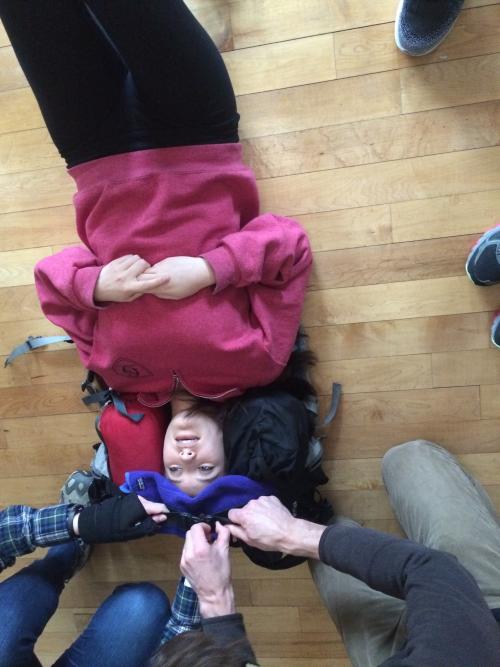 Demonstration of how to make a neck stabilizer out of basic backpacking equipment
Demonstration of how to make a neck stabilizer out of basic backpacking equipment
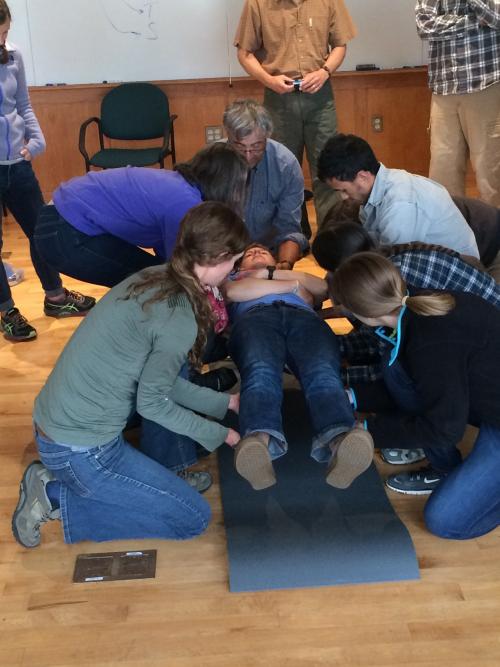 Using multiple people to safely lift a person onto a makeshift pad or stretcher
Using multiple people to safely lift a person onto a makeshift pad or stretcher
The 7 P’s
As usual with Science we learned a ton of new acronyms.
- WFA - Wilderness First Aid
- NOLS - National Outdoor leadership Schools
- RICE - Rest Ice Compress Elevate
- MARCH - Massive Hemorrhage Airway Respiration Circulation Helicopter
- ABCDE - Airway Breathing Circulation Disability Expose
- AVPU - Alertness Verbal Pain Unresponsive
- SOAP - Subjective Objective Assessment Plan
My all time favorite has to be the 7 Ps
* Proper Prior Planning and Prevention Prevents Piss Poor Performance
This pretty much works for any life situation anywhere.
Two Weeks
Our flights leave on June 15, which is less than two weeks from today and I still have yet to begin packing.
Thanks for reading and stay tuned. I will post at least one more time before departing.
Remember, “Don't be BEARANOID.”
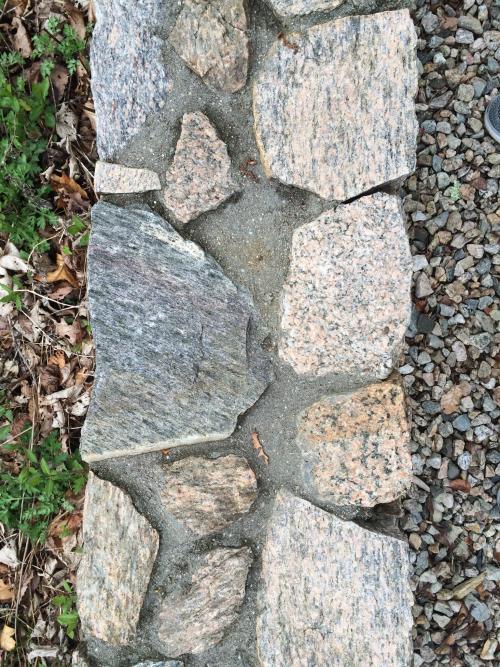 Good looking rock wall around WHRC
Good looking rock wall around WHRC

Comments